Located in the north of Kenya, between Isiolo and Archer’s Post, we find one of the most beautiful reserves in Kenya in terms of landscape. Divided into 3 different parts separated by a river, the Ewaso Ng’iro, provides a line of life to the animals and people of the area. In the park, you will be able to see different animals following the shore where leopards stand out, if you are lucky.
In addition, apart from lions, buffaloes and elephants, you will find specific animals from this area such as the reticulated giraffe (Thornicroft giraffe), Gebry’s zebras, the Somali ostrich and the oryx beisa. It is an area with a dry climate where the high temperatures and extreme droughts of recent years have caused some shepherds to enter the reserve in search of pasture for their animals, causing different problems that are difficult to manage.
In this area where the Samburu tribe lives, you can also hike an excursion to Mount Ololokwe, a mountain considered sacred by the people there, and where you can enjoy fantastic views of the entire region.
How to get there?
Samburu is located 355 km north of Nairobi. The easiest option is to arrive with your own car or rental vehicle. There are also safaris that include the park within their routes. The driving time is about six hours, on a good road heading towards Ethiopia. There are also regular daily flights from Nairobi to the Samburu airstrip.
From the capital of Nairobi, take the Thika Highway out of the city and continue along the Nyeri Karatina Highway and turn right to the city of Marwa, 12 km from the city of Karatina. Afterwards, you have to go north, leaving Nanyuki, passing through Timau and towards Isiolo, basically staying on the main road. Once at Archer’s Post, you just have to drive several kilometers to the Archer Gate of the Samburu Reserve.
We accessed from the road that passes through Embu, Chogoria and Meru and that later connects with Isiolo. We had to go to Mount Kenya first but seeing the bad weather forecasts, we decided to go first to Samburu Park and then return to Chogoria to go to Lake Ellis and Mount Kenya (to know more about our experience there, you can click here).
Permits and prices
The entrance fee to the park per person is 70$, which lasts for a period of 24 hours. The entry price of the car is 400 KSH. The entrance hours go from six in the morning to six in the afternoon.
As we went with our car, we took a local guide, Joseph, from the Samburu tribe, who accompanied us to more easily locate the animals. However, we were not lucky enough to see the leopard. The guide does not pay entry and you will only have to agree with him, the price you will pay for the hours of safari you want to do.
The local animals of the Samburu Reserve
The Samburu stands out for being a reserve where they say that the leopard can be easily located. We were not that lucky. Besides, in Samburu you can enjoy native animals that can only be found there, such as:
– The reticulated giraffe or Somali giraffe: The tallest animal in the world is one of the most beautiful and elegant to see. If you want to learn more about this animal you can read this article where we give information about this fantastic animal. This giraffe differs from the others by its dark brownish reddish polygonal skin spots separated by white lines. We can find it in Kenya, Somalia and Ethiopia.
– Oryx beisa: Also called East Coast Oryx to differentiate them from the others. It has a silvery-gray brown coat that differentiates it from the others. Their horns are long, narrow and practically parallel. It can be hunted by lions, leopards, hyenas… although normally, we have seen it calmly eating and grazing in the reserve.
– Somali ostrich: This ostrich is something different from the ones we have usually seen in our country. They can often be seen in small groups or in pairs. Males have blue-gray necks and legs, but the beak and front of the legs turn pink when they breed. Females have dull flesh-colored or brown legs and neck. It is fun to watch them run and in breeding season when the male chases the female.
– Gebry’s zebra: Gebry’s zebra is a special zebra. It has more abundant and narrower stripes than those of the common zebra. You can only find this zebra in Kenya and Ethiopia.
What to do in Samburu Reserve?
Samburu is not just a reserve. There you can also carry out different activities such as:
– Visit the Samburu reserve, Buffalo Springs and Shaba.
Several years ago, in the past, these reserves were the same. Today for administrative reasons, they are 3 different parts of the same arid and desert ecosystem that characterizes this area. So if you want to visit the three reserves you will have to pay for three different tickets (70$ entry each time) or, as we did, choose one of the three to see if you are lucky and can see all the animals that can be observed.
All the three reserves have strong points to take into account to be able to choose (if you are one of those who travel with a low budget). The Samburu Reserve stands out for the concentration of animals around the Ewaso Ng’iro River, the Buffalo Springs Reserve for some hot springs that arise from underground water and where the animals come to drink and the Shaba Reserve for being the more unknown and with spectacular landscapes.
– Hike Mount Ololokwe
Mount Ololokwe is a special mountain sacred to the Samburu tribe. This mountain has been linked to the life of its ancestors and is a place where they perform a ceremony of transition to adult life, prayers to ask for rain, rituals of slaughter of cattle… It is a special place and you will notice it from the the first moment you step on this mountain.
If you want to do the trekking and climb to the top of this mountain you will have to go to the Sabache Ecocamp which is the entrance door of this excursion and where you will have to pay a rate of 1,000 KSH per person and 1,000 KSH for a guide who will do the route with you. The route to climb is about 2-3 hours depending on how many stops you make along the way to breathe and see the fantastic views.
It must be said that the first part of the route runs along some old elephant paths, therefore, be prepared because the path climbs. After the first hour, the path is no longer so steep and it is easier to climb to the top where you will see spectacular views of the entire area.
There is the possibility of sleeping in the top of the mountain, but you will need carriers and also pay a fee of about 100$. Due to our low budget, we opted for do the hiking the same day. The Sabache Ecocamp also has camping in case you want to be there and not get up so early.
It is advisable to start very early to avoid the heat, wear good shoes, a lot of water and some food.
– Take a dip in the Buffalo Springs Preserve’s natural pool.
The Buffalo Springs Preserve Natural Pool is a pool of warm water that comes from an underground spring. Surrounded by a stone wall, the water source is crystal clear and it is possible to bath in it to combat the heat of the area. During World War II, a squadron of Italian fighter jets were flying towards Ethiopia, when they saw a huge herd of buffalo drinking from the spring. They confused the buffalo with the British tents, which were advancing towards the Ethiopian border, so they threw a bomb on them. It is said that the current place where this pool is is the hole of the bomb that the Italians dropped against the English.
If you visit this part of the park, you can bath for free. If you do not visit the Buffalo Springs reserve, paying at the entrance of this reserve the ticket for the pool, you can still access. The price of entry to the pool is about 15$.
– Hike Magado Crater
The Magado Crater is located in the extreme northeast of the Nyambeni mountain range. It is a small region that must be previously checked the situation of the territory and if it is dangerous to go there. The area is now safer but you have to take into account four warnings from the locals before going, to be so close to the border with Somalia. They recommended us to go by car and a local guide. We did not go for lack of a reliable contact at the last minute.
The crater had a small lake but it has evaporated to form a crust of soda salt. The Meru, the local people of the area, have been collecting this soda in this crater for thousands of years. This soda forms a unique landscape within the crater, making it have different colors.
Where to sleep?
Near the main gate of Samburu Reserve there are several accommodations of all types and of all budgets. We recommend the following:
– Nashipa Ecocamp: It is a camp run by the community of the area. They have cabins with all meals included for 13,000 KSH per person or you can also camp for 1,000 KSH per person. They carry out cultural activities to get to know the Samburu tribe, they have guides available in the park, they do traditional dances… They don’t have much shade, but if there aren’t many people you can stand under a tree. We slept 3 nights and we emphasize the good location (2 minutes from the door) and the good food. You can contact James by phone (WhatsApp): +254 716 955321.
– Camels Gate Lodge: It is located in the village of Archers Post, 10/15 minutes from the gate of the Samburu reserve. They have single and double rooms in bands. They have a very good and well priced quiet restaurant of local cuisine. We went for lunch one day and we think it’s a very good option for people who don’t want to camp and want a local experience. You can contact Elisabeth by phone: +254 712 835211 or by booking through an online booking platform.
– Sabache Ecocamp: Located at the foot of Mount Ololokwe, it is also managed by the local community. All the people who work are people from the Samburu community who live in the area. They have camping for about 1,500 KSH per person and also fully equipped and furnished tents for about 45$. It is a good place to spend the night before making the excursion to the top of the mountain. You can check his website here.
Our route
DAY 1: We arrived at the Nashipa Ecocamp after making a last minute change to our tour. First, we had to go to Mount Kenya and Lake Ellis but as we progressed, the weather got worse. So we decided to continue to the next point of the trip: Samburu. As we were driving there, the landscape changed dramatically and the temperature outside was rising. Everything became more arid, we left behind the green fields for wide stretches of sand and some camels. Finally, in the afternoon we arrived at the Nashipa Ecocamp, right at the door of the Samburu. We camped under the shade of a tree while we dedicated ourselves to doing important travel tasks such as washing dishes, washing clothes, tidying up the car … The afternoon passed very quickly and we did not have time to enter into the Reserve, so finally we took a guide, Joseph who also worked in the camp, for the next day to spend the whole day inside the Samburu park with him.
DAY 2: We get up early to enter into the park with the first light of the morning sun. In fact, we got up so early that the door was still closed! Once the entry formalities had been completed, we were greeted by Gebry’s zebras after 5 minutes. They were very different from what we had seen! They were a family with young that was playing on the side of the road.
They say that this park is one of the easiest to see leopards, but we tried it all day and we had no luck! It is seen that they have an internal conflict with the cattlemen in the area, who enter the park in search of better pastures, which causes many animals to get scared and move away from the main roads.
Our safari continued seeing dik-dik, different antelopes, more zebras, reticulated giraffes… until in some bushes we found a couple of lionesses sleeping in the shade! One was on the ground while the other rested on a small branch of the tree. We continued to see other animals such as lone elephants that ate and walked through entire bushes, until we got to eat next to the river bank surrounded by monkeys. We had to be vigilant so as not to run out of food! In Botswana, we already had a bad experience with monkeys and we did not want to repeat it.
During the afternoon, we continued searching without luck for the leopard, until we found a lioness with her young puppies in the middle of the road. A shocking image before saying goodbye to Samburu, a reserve where we spent most of the day just observing the animals in the wild.
DAY 3: Today we changed the safari for hiking. We get up early to drive about 40 minutes north to Sabache Camp, at the foot of Mount Ololokwe. There we left the car and with a local guide we began to climb the mountain. The first hour was very hard, with a very high slope and some paths between rocks that only made you climb! Also, the sun was beginning to tighten. Finally, we reached the top of the mountain and after walking 30 more minutes along a flatter path where we found different shepherds that live in the mountains with their cattle, we arrived at a spectacular place, with impressive views of the entire African savanna and the Samburu reserve. The effort of the climb had really been worth it!
After eating something and watching different eagles soar above us, we headed back to Sabache Camp and then stopped for lunch at the Archers Post at the Camels Gate Lodge. In the afternoon, we wanted to go swimming in some natural pools caused by the World War bombs in Buffalo Springs. We had been told that they were free, but upon arrival, it turns out that they are considered to be within another reserve and that you have to pay the entrance again. So we were left with the desire to take a bath, and returned to the community camp to rest after enjoying some very interesting days of safari and hiking.
DAY 4: We woke up for the last time at the Nashipa Ecocamp before packing up all the things, saying goodbye to all the staff, stretching for the previous day’s hiking and having breakfast. Today it was time to make the way back to visit Mount Kenya, waiting for the weather to be better than the previous days. Luckily the sky was clear so we got our last minute change of plans right! We left the arid area of Samburu to enter the green landscape of Mount Kenya and Lake Ellis.
Samburu is a unique reserve in Kenya that, unfortunately, due to the severe droughts that are occurring, is in a difficult situation. It has to manage the need for local pastures with the wild animals that live in the Reserve, becoming one of the main challenges to be solved in the short term. In any case, your visit there is very interesting for its landscape different from other areas of the country, for the native animals that you can find, for the Samburu community and for the hiking options that you can do around it.



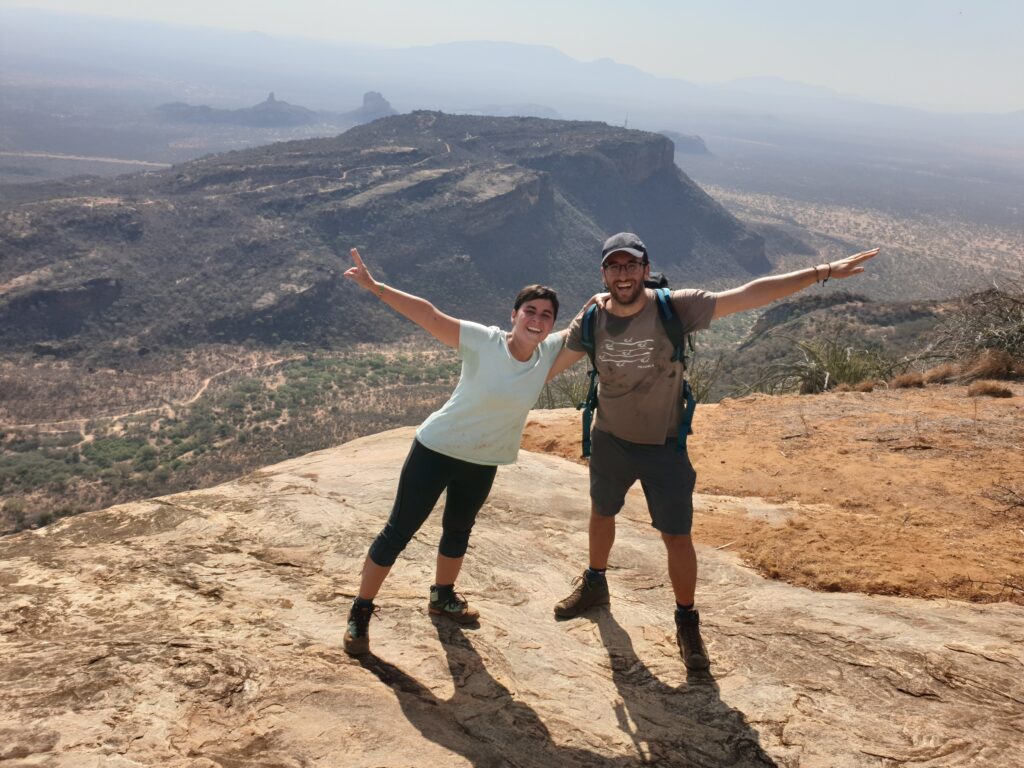


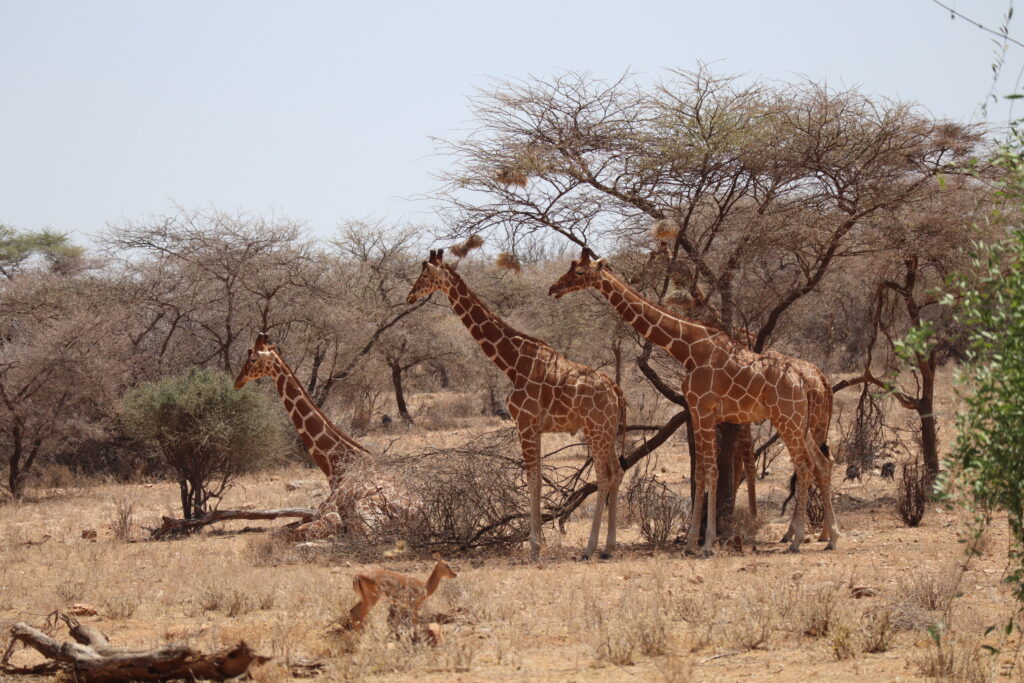
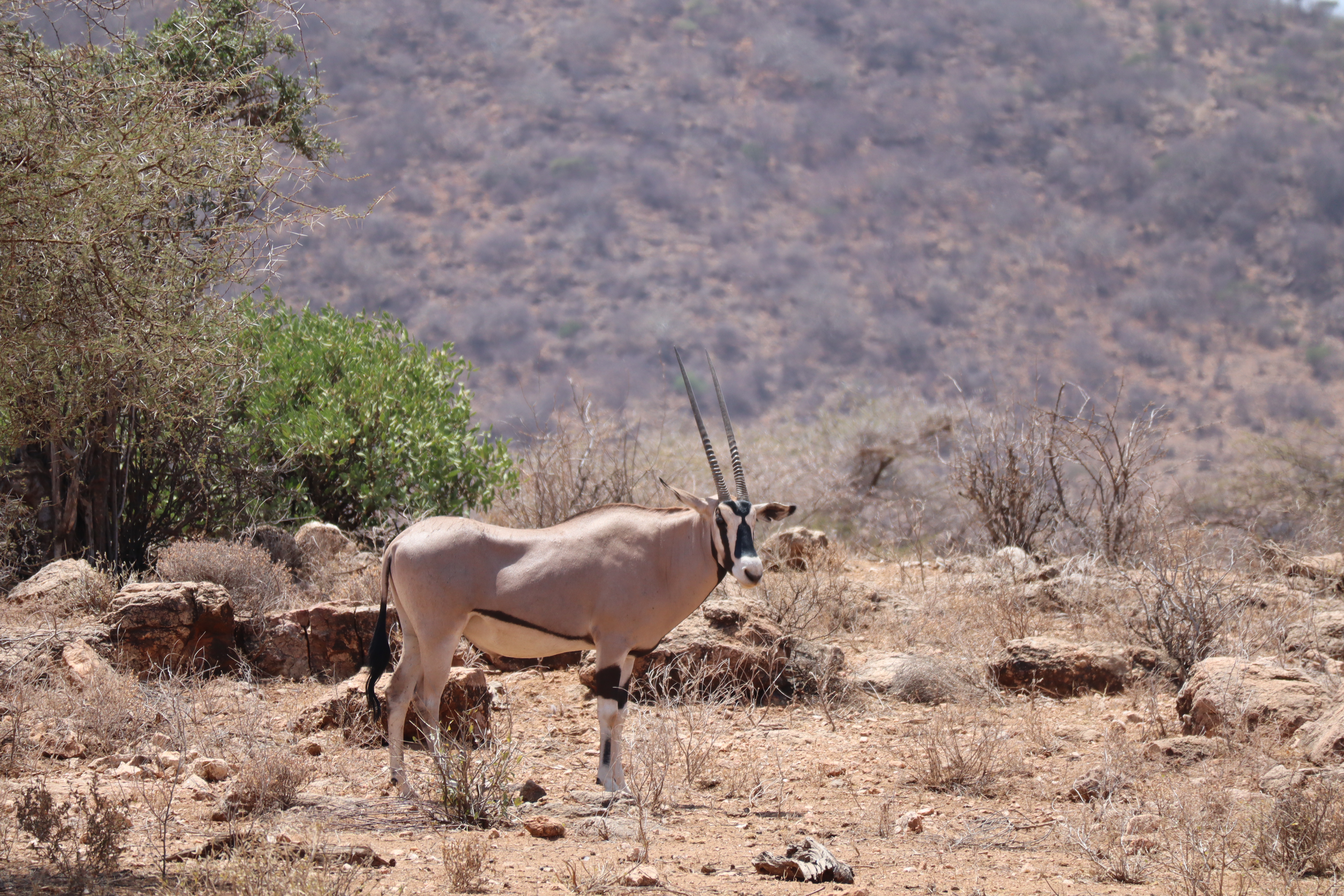





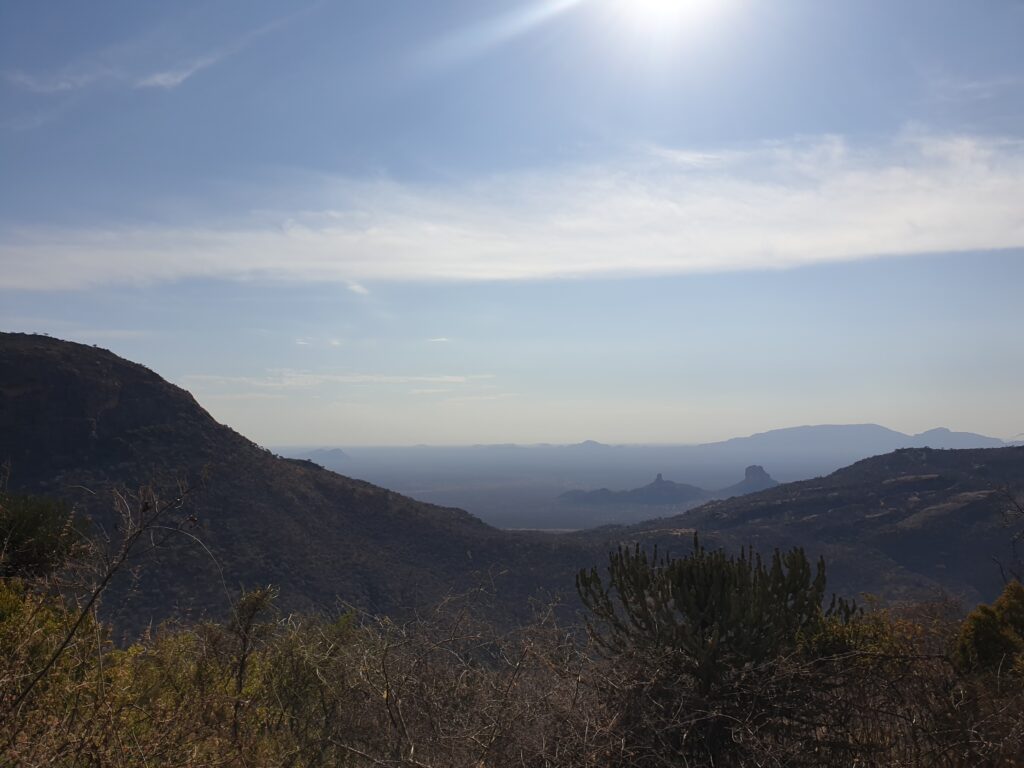

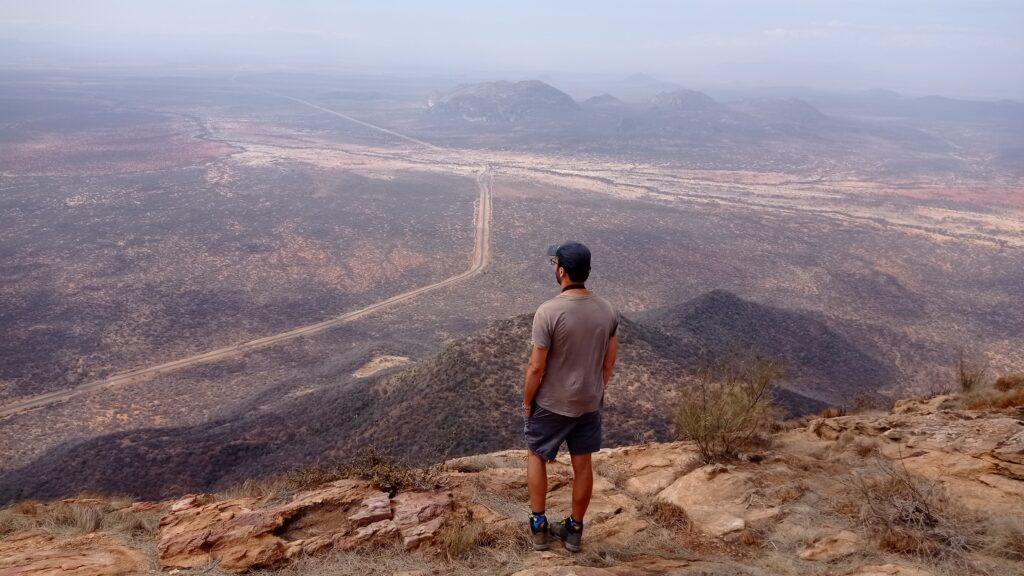
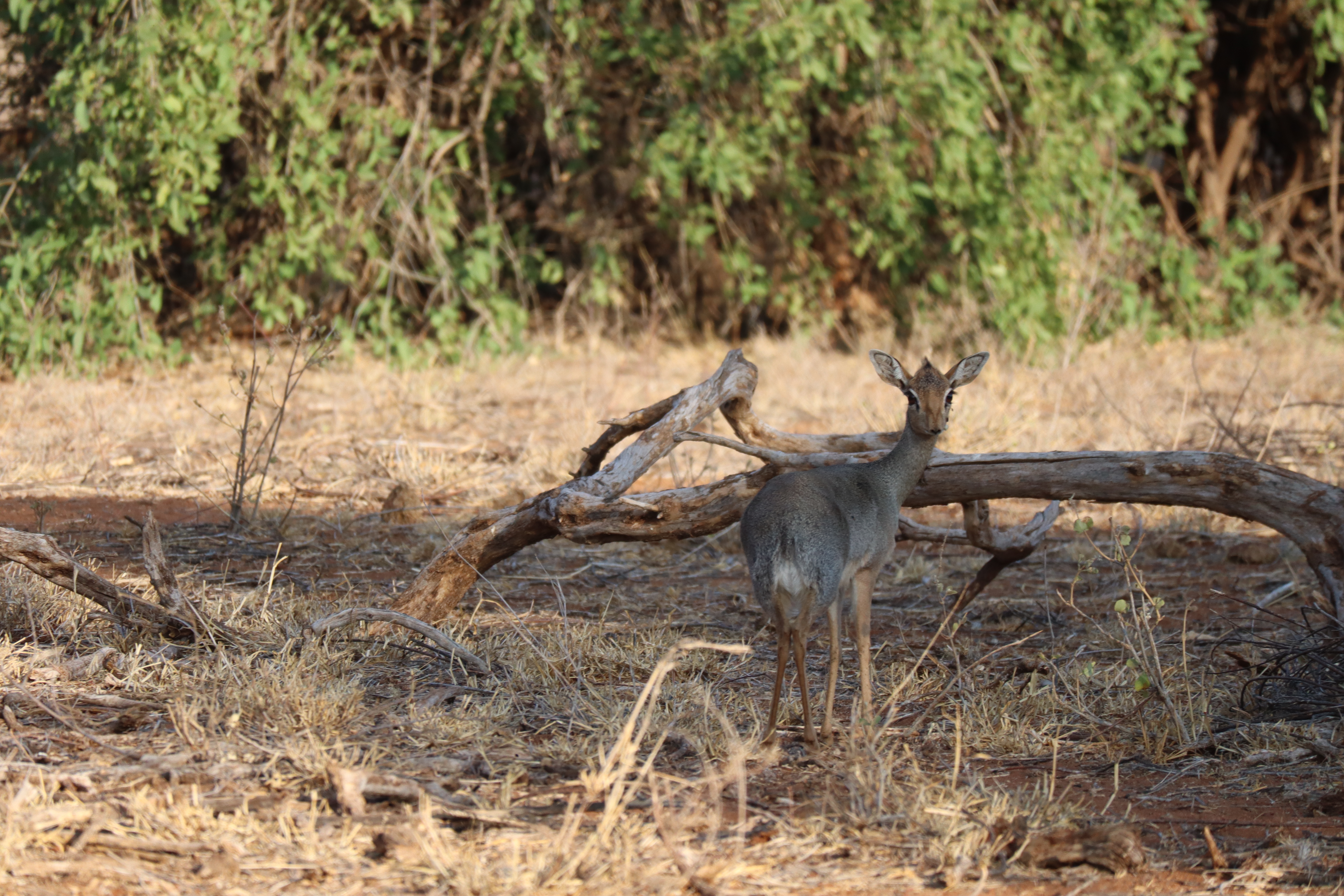
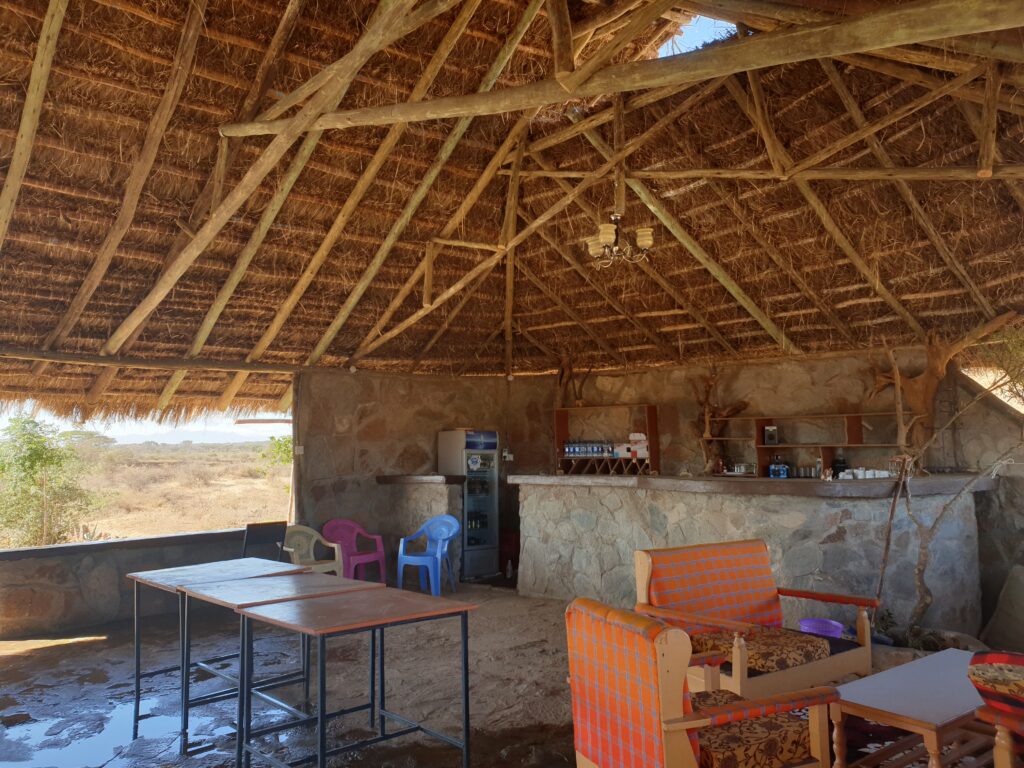


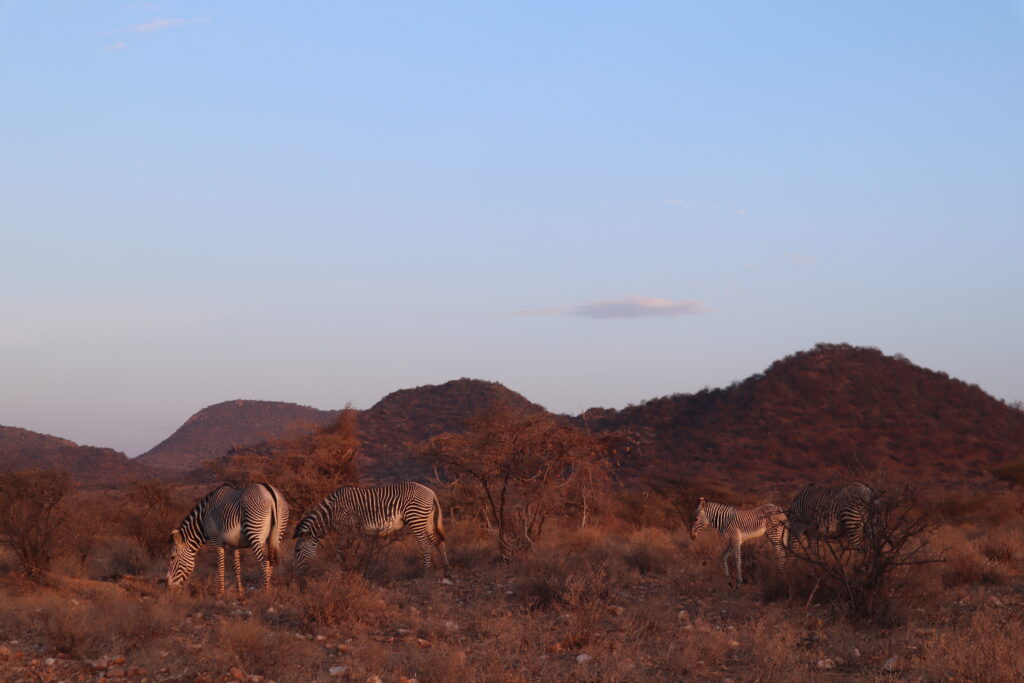




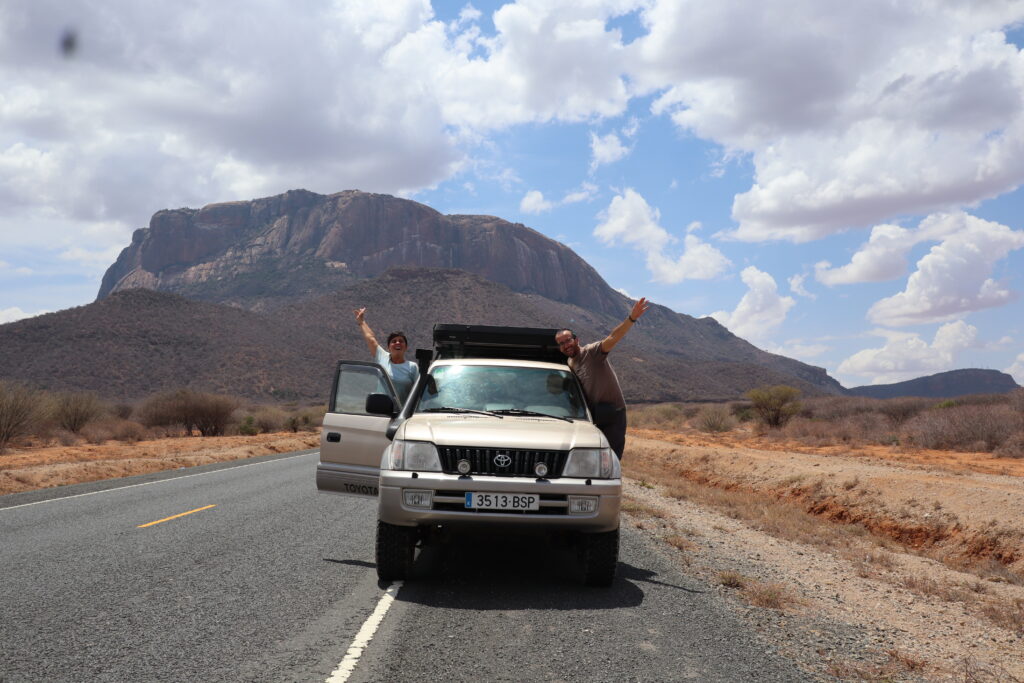
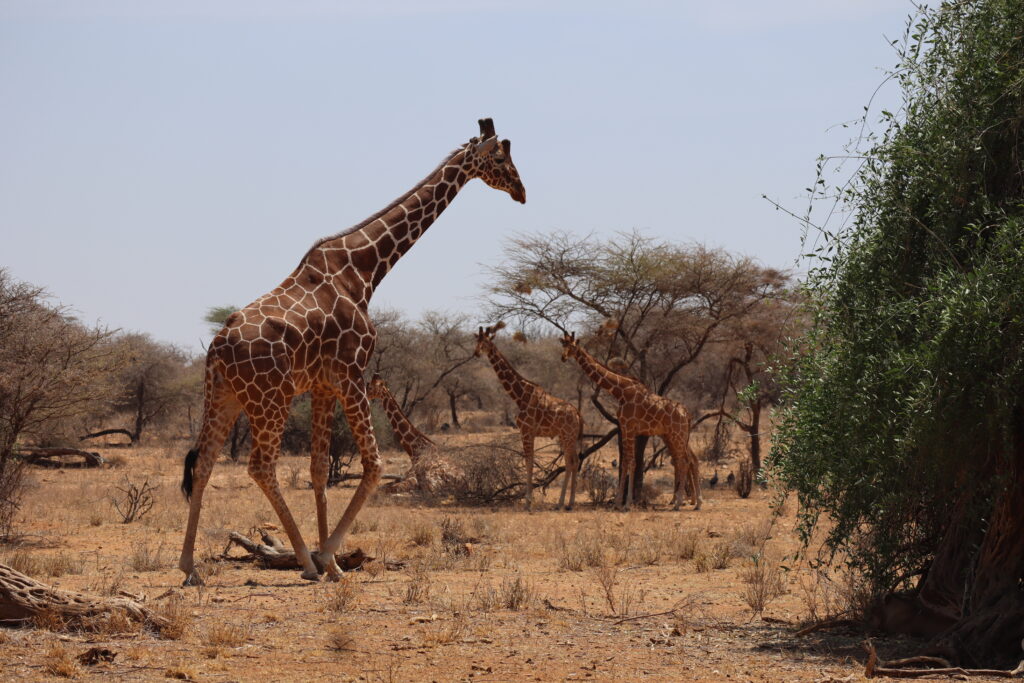
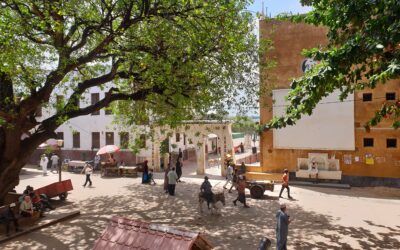
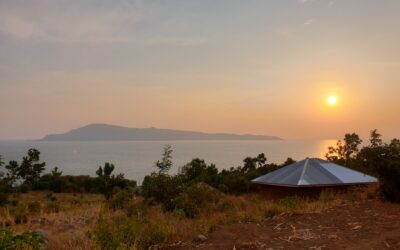
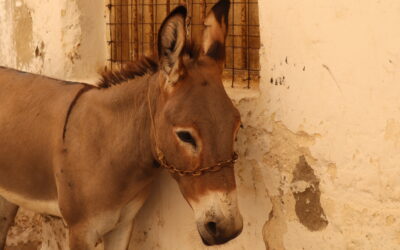
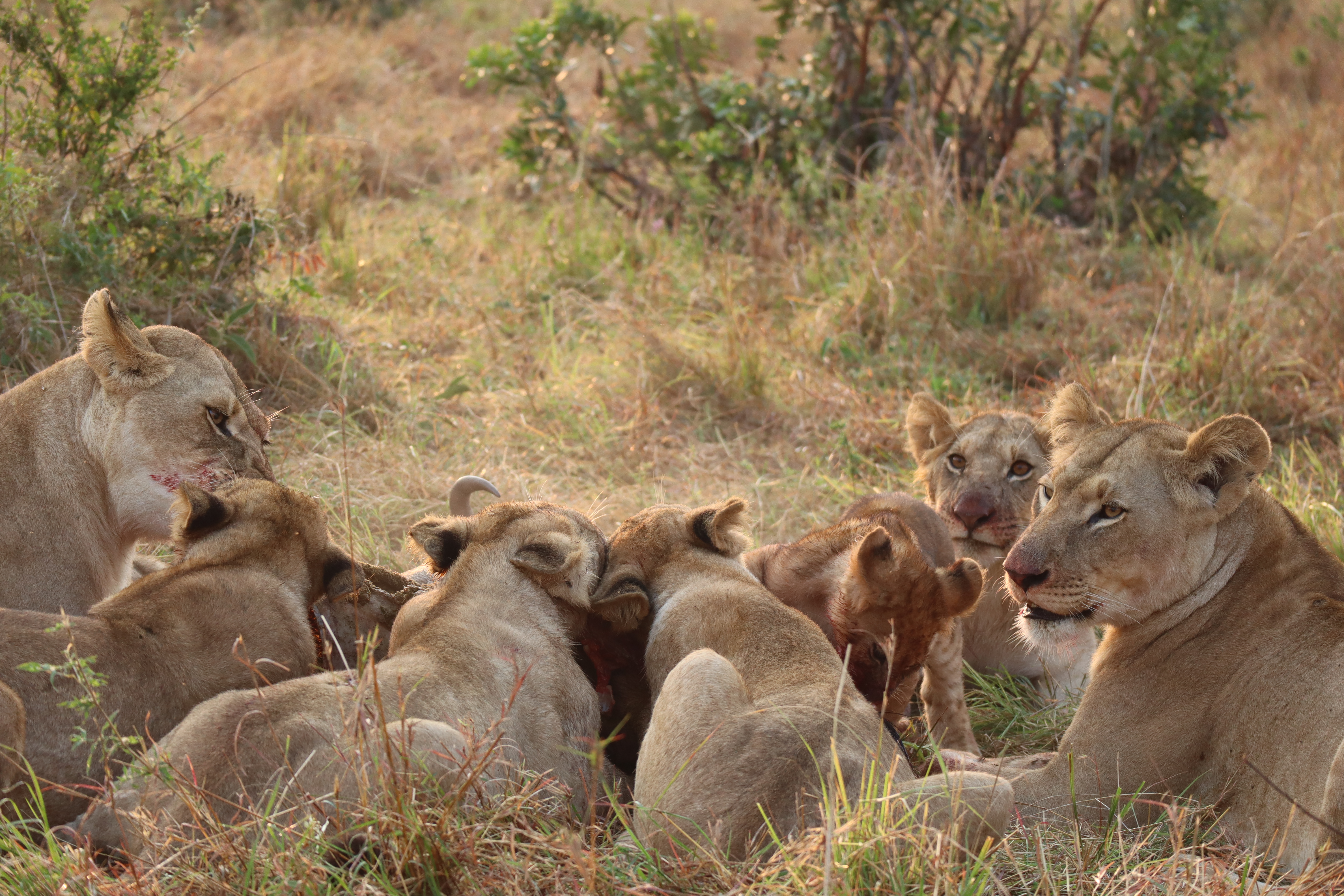
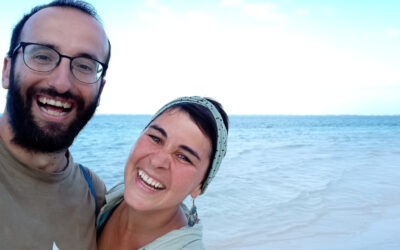
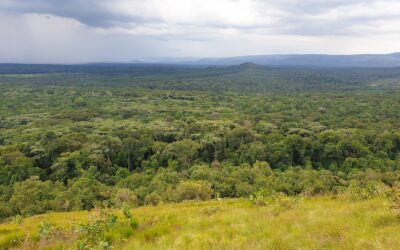
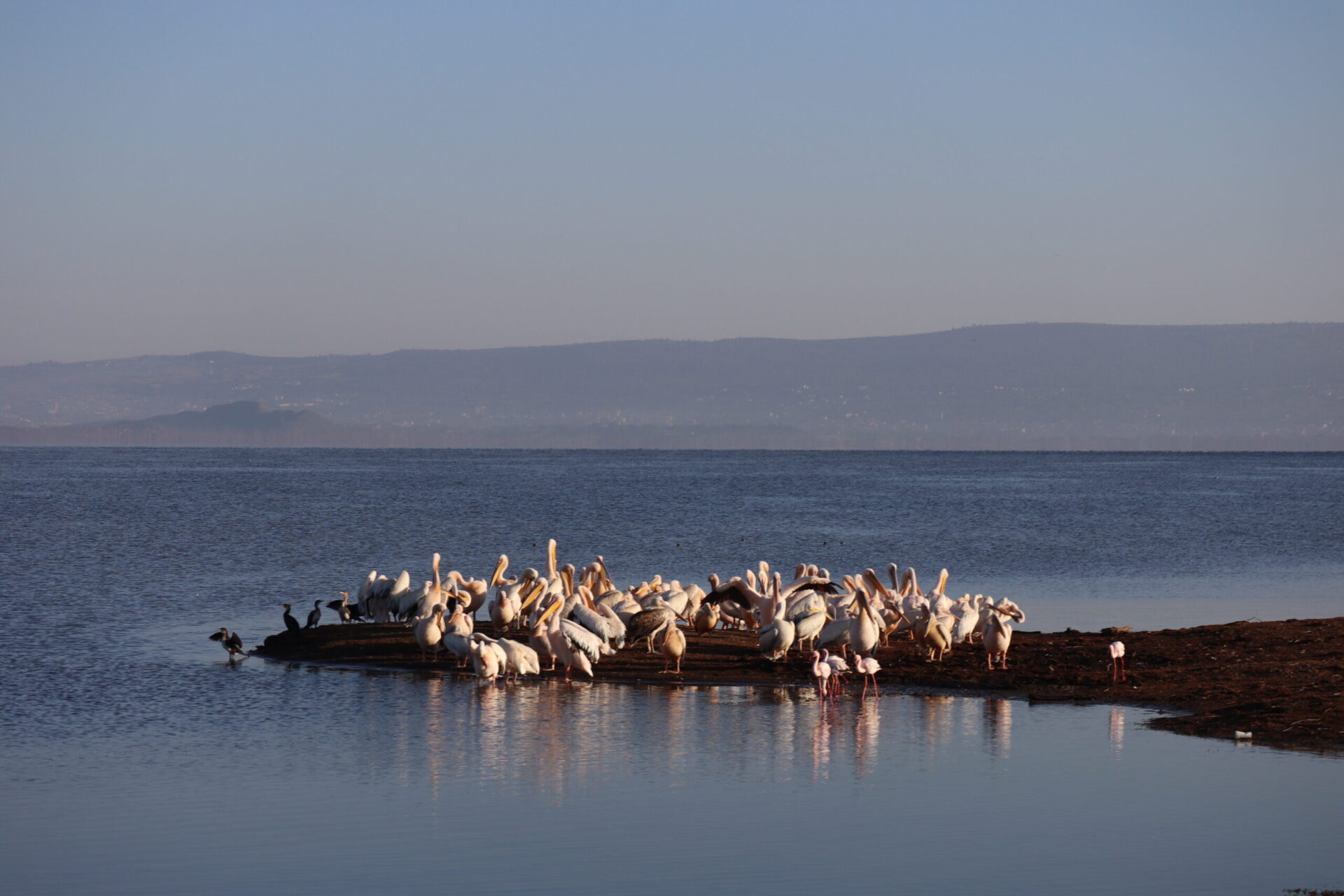
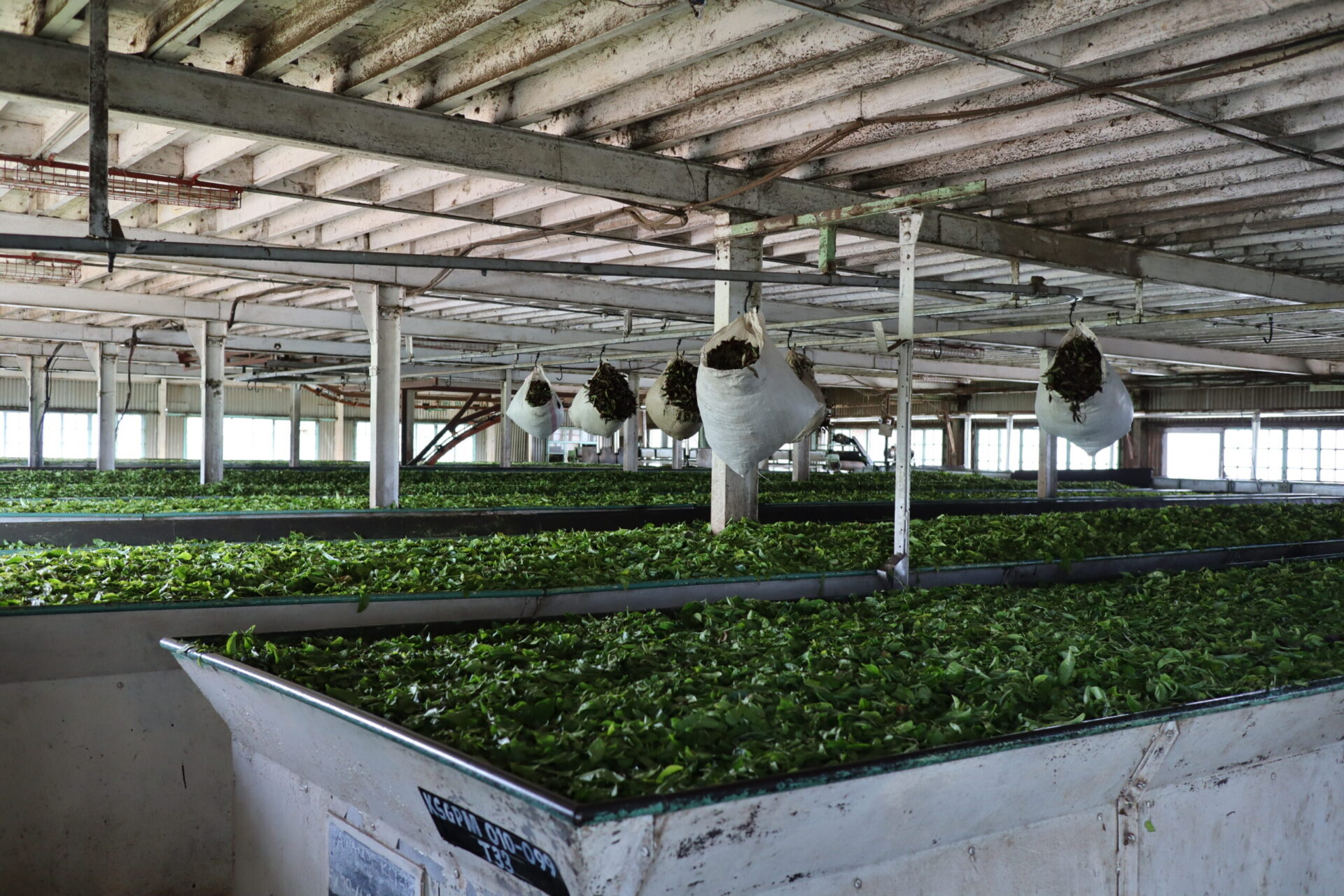
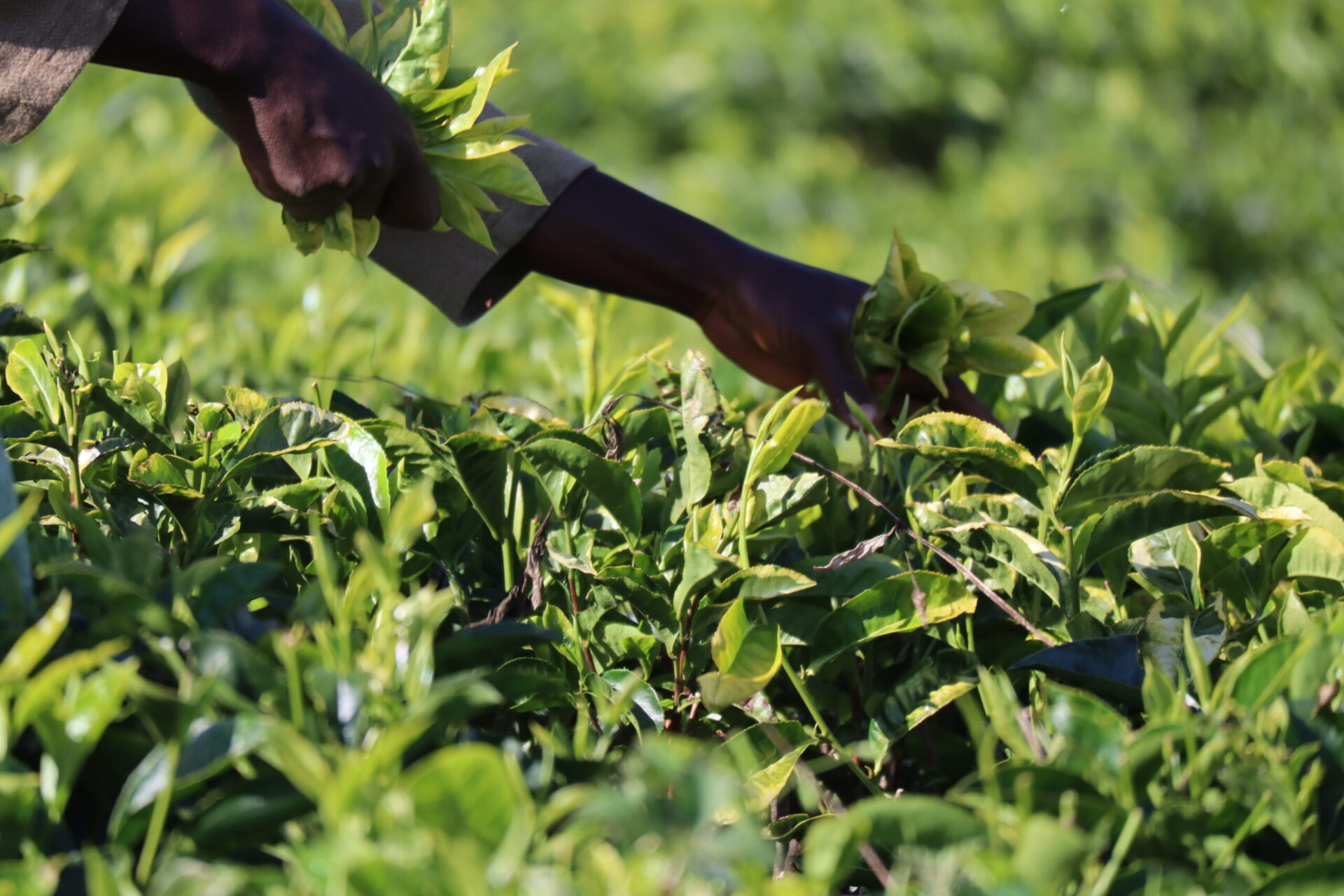
0 Comments